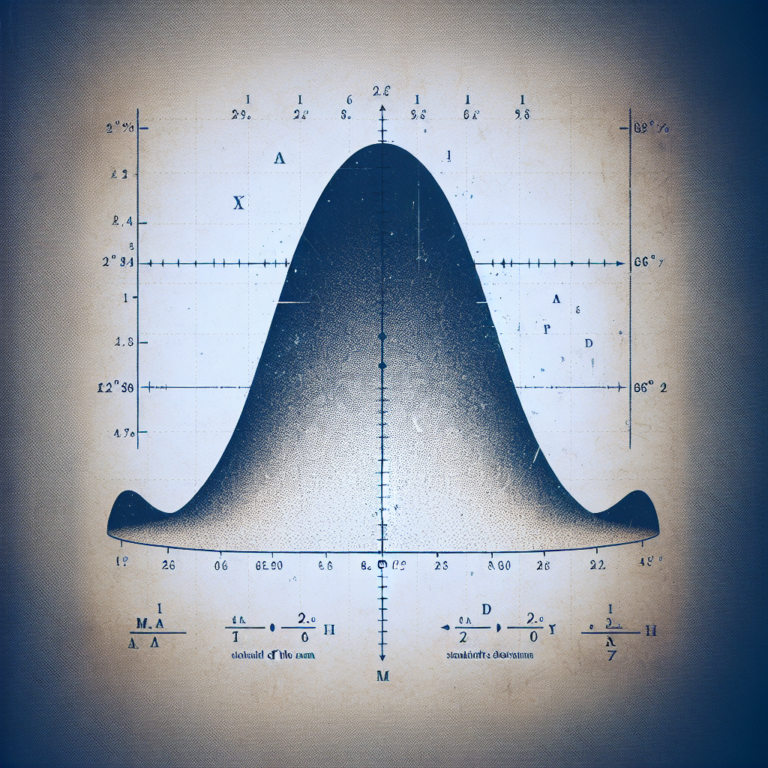Python has become a popular tool in the field of medical data analysis due to its versatility and efficiency. Medical professionals can leverage Python to process and analyze vast amounts of data quickly and accurately. At StatisMed, we understand the importance of utilizing modern tools for statistical analysis in the medical field. In this article, we will get insight into using python for medical statistical analysis and how it can enhance decision-making for healthcare professionals.
Why Python for Medical Data Analysis?
Python’s simplicity and readability make it an ideal programming language for healthcare professionals with little to no coding experience. Its extensive library of data manipulation and visualization tools, such as pandas and Matplotlib, allows medical researchers to clean, analyze, and present data effectively. Additionally, Python’s ability to handle large datasets efficiently makes it a valuable tool for processing complex medical information [1].
Advantages of Using Python for Medical Statistical Analysis
- Versatility: Python’s versatility allows medical professionals to perform various data analysis tasks, such as statistical modeling, machine learning, and data visualization, all within a single programming language [2].
- Efficiency: Python’s simple syntax and extensive library of data analysis tools streamline the data analysis process, saving time and reducing human error [3].
- Interactivity: Python’s interactive environment, such as Jupyter notebooks, enables medical researchers to explore data visually and share their findings with colleagues easily [4].
- Scalability: Python’s scalability allows medical professionals to handle large datasets efficiently and perform complex analyses quickly without compromising accuracy [5].
How Python Can Improve Medical Decision-Making
By using python for medical statistical analysis, healthcare professionals can make informed decisions based on data-driven insights. Python’s ability to process and analyze vast amounts of medical data quickly and accurately enables medical researchers to identify trends, patterns, and correlations that may not be apparent through traditional analysis methods. This can lead to improved patient outcomes, more efficient healthcare delivery, and better resource allocation within healthcare organizations.
Moreover, Python’s machine learning capabilities enable medical professionals to develop predictive models that can forecast patient outcomes, identify at-risk populations, and optimize treatment plans. By leveraging machine learning algorithms in Python, healthcare providers can personalize patient care, improve diagnostic accuracy, and reduce healthcare costs.
In conclusion, Python is a powerful tool for medical data analysis that can revolutionize how healthcare professionals analyze and interpret medical information. By harnessing the capabilities of Python, medical researchers can unlock valuable insights from complex datasets that can drive evidence-based decision-making and ultimately improve patient care.
If you are a medical professional looking to leverage Python for data analysis, consider partnering with StatisMed. Our team of experienced statisticians and data analysts specializes in providing statistical analysis services for medical doctors. Contact us today to learn more about how we can assist you in harnessing the power of Python for medical data analysis.
References
- Shmueli, G., Koppius, O.R. (2011). Predictive Analytics in Information Systems Research. MIS Quarterly.
- Varoquaux, G., Buitinck, L. (2016). Scikit-learn: Machine Learning in Python. Journal of Machine Learning Research.
- McKinney, W. (2010). Data Structures for Statistical Computing in Python. Proceedings of the 9th Python in Science Conference.
- Kluyver, T., Ragan-Kelley, B. (2016). Jupyter Notebooks—A Publishing Format for Reproducible Computational Workflows. Positioning and Power in Academic Publishing: Players, Agents, and Agendas.
- Ramalho, L. (2015). Fluent Python: Clear, Concise, and Effective Programming. O’Reilly Media.





